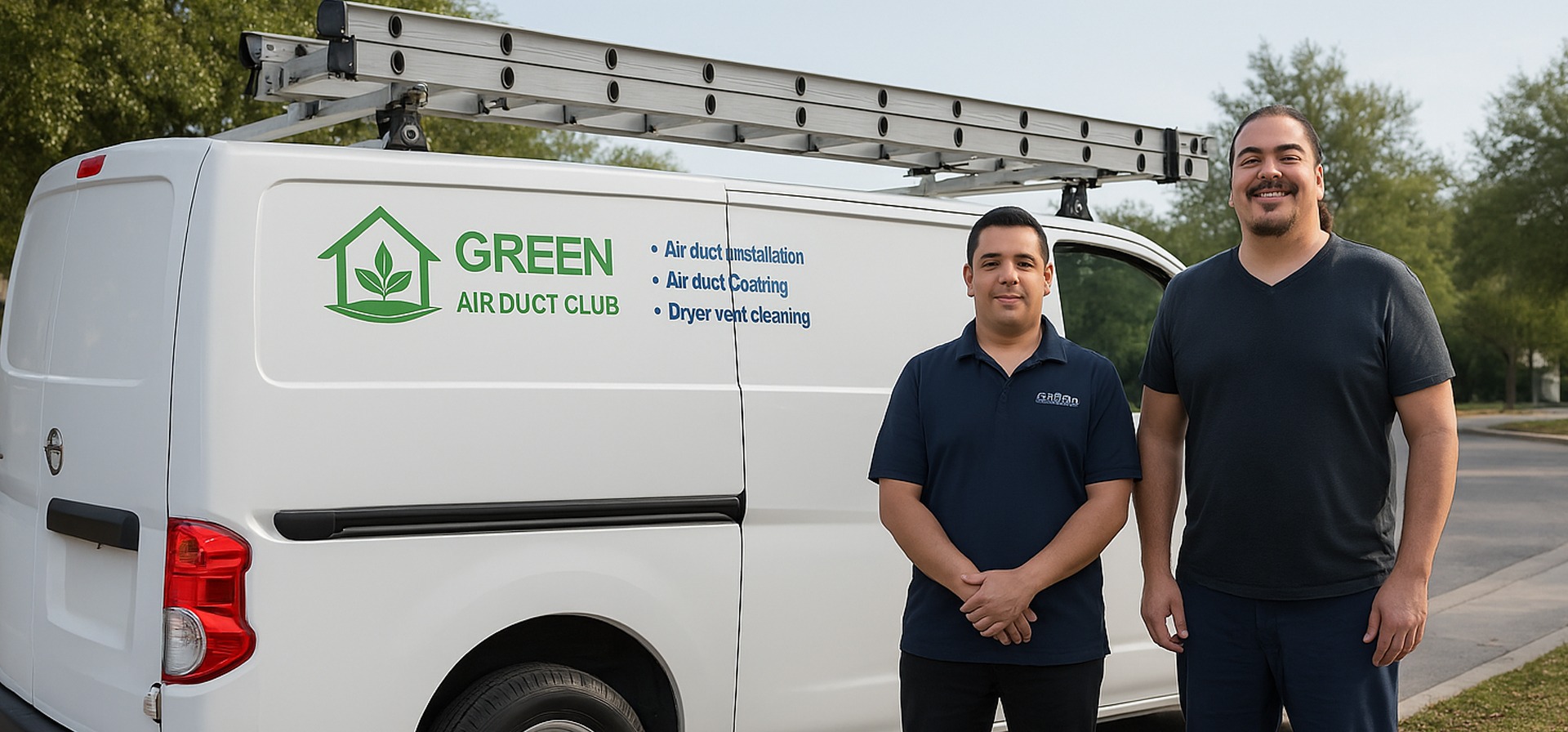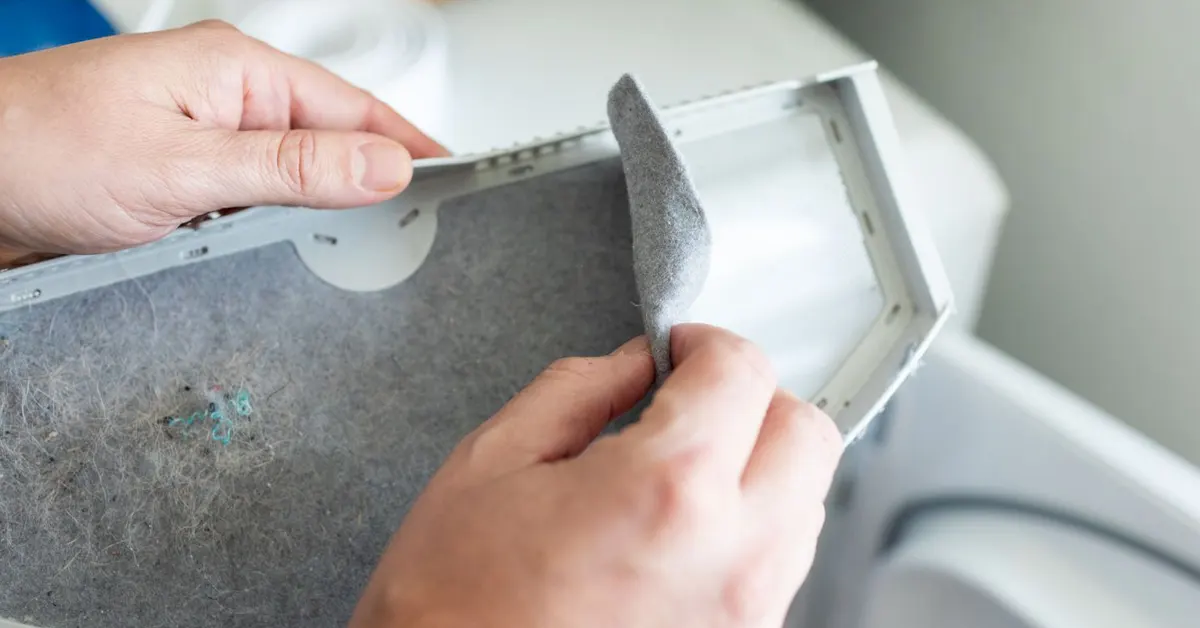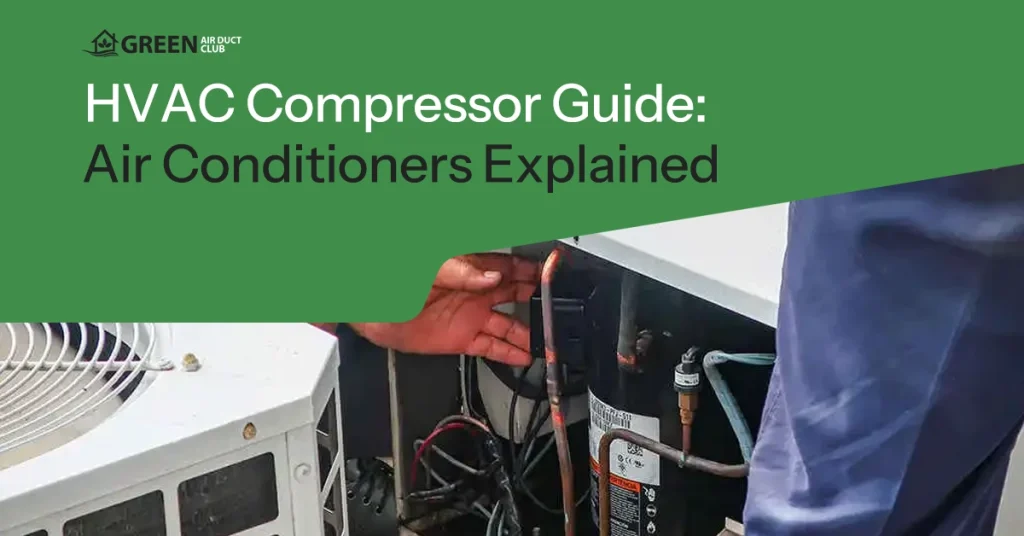Dryer Vent Cleaning Did you know that cleaning your dryer lint is super important? It’s not just about keeping your clothes dry faster. It’s also about safety! Dryer lint buildup is actually one of the top causes of house fires. I’ve seen way too many clogged dryers in my time, and trust me, taking five minutes to clean that lint trap can save you from major headaches later. Let’s dive into why this chore matters and how to do it right.
Why Removing Dryer Lint Regularly Is Essential
When dryer lint collects in your machine, it blocks airflow. This makes your dryer work harder and use more energy. Your electric bill goes up, and your clothes take forever to dry. Not fun! But the bigger concern is fire risk. Dryer lint is super flammable, like a little pile of kindling waiting for a spark.
Most folks don’t realize how much lint builds up inside the entire dryer system, not just the trap. The heating element in your dryer can get hot enough to ignite any dryer lint that’s hanging around. This is why regular cleaning is a must, not just something you do when you remember.
Step-by-Step Guide to Clean Your Dryer Lint Trap
Cleaning your lint trap is pretty simple. First, pull out the lint screen completely. Then use your fingers to remove the fuzzy layer of dryer lint. Don’t just brush it off, really pull all that lint off and toss it in the trash.
If the screen looks gunky or has a film on it, that’s fabric softener buildup. This stuff can make it harder for air to flow through. Wash the screen with warm, soapy water and a soft brush. Let it dry fully before putting it back. I like to do this deep clean about once a month, while removing lint before each load.
Tools Needed for Lint Trap Deep Clean
For a thorough lint trap cleaning, you’ll need:
- Soft-bristled brush
- Dish soap
- Warm water
- Vacuum with hose attachment
- Dryer vent brush (looks like a long, flexible wand)
These tools aren’t fancy, but they get the job done right. Most people already have these items at home, making this an easy maintenance task. The vacuum hose is especially useful for getting dryer lint in hard-to-reach spots.
How to Clean Dryer Vent and Duct Systems
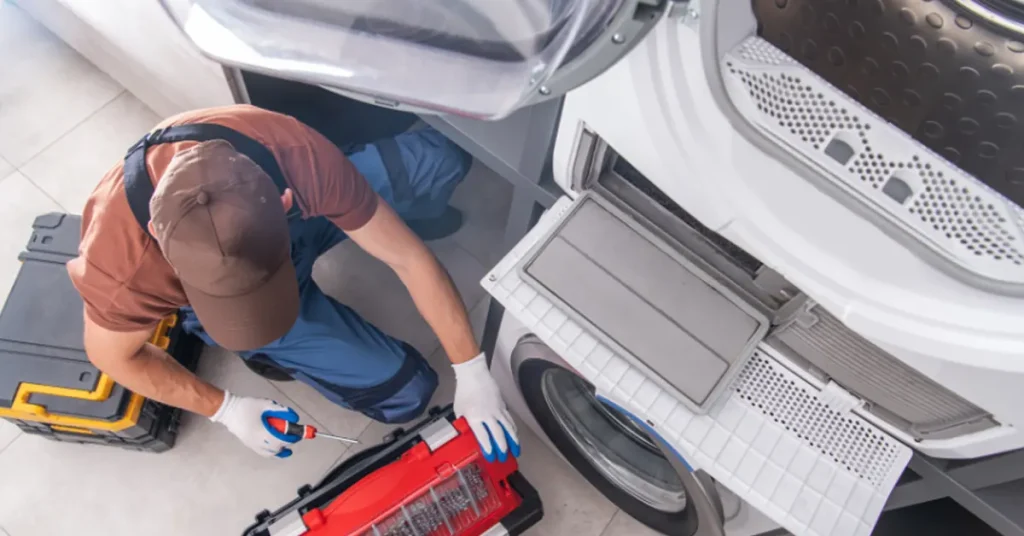
The lint trap is just the beginning. Your dryer’s vent and ducts need love too! Start by unplugging the dryer and pulling it away from the wall. Disconnect the vent tube from the back of the dryer and from the wall.
Use your vacuum hose to suck out lint from both ends of the duct. Then use a dryer vent brush to reach deeper into the duct. These brushes extend several feet and can get around bends in the duct. Twist while pushing it in and pulling it out to catch all the lint.
Preventing Lint Build-up in Your Vents
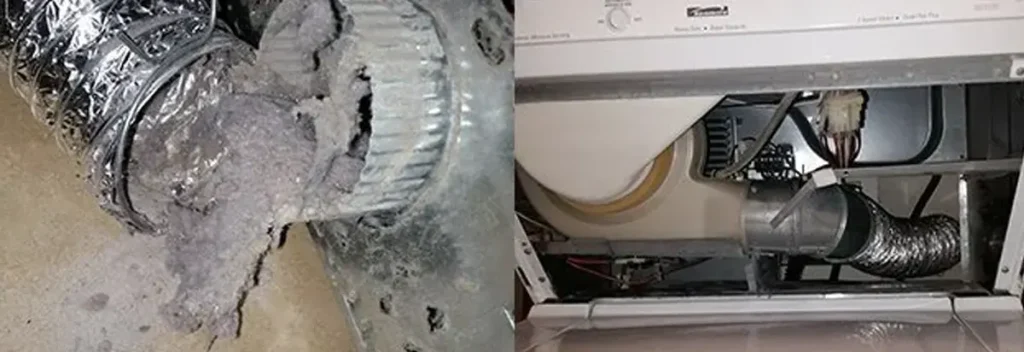
Preventing lint problems is easier than fixing them. Clean your lint trap before every load, not after. This stops lint from getting pushed into the system when you start a new load.
Check the outside vent opening regularly too. Make sure the flap moves freely and isn’t blocked by lint, leaves, or even little critter nests. Using a vacuum hose on this vent from outside can pull out a surprising amount of dryer lint!
Signs Your Electric Dryer Has Too Much Lint
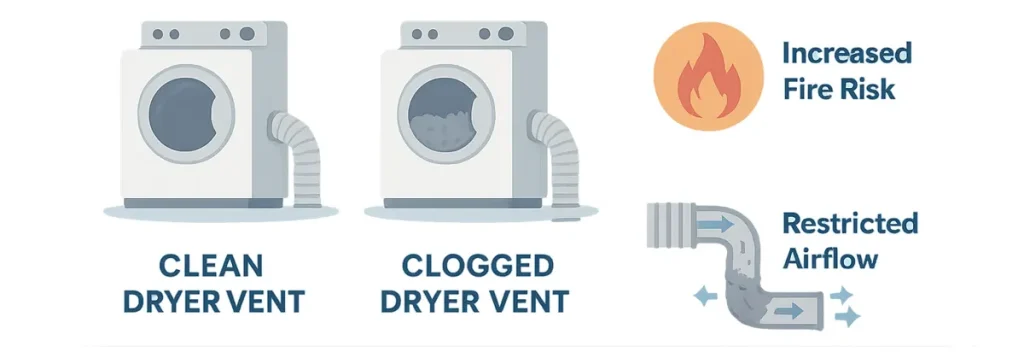
How do you know if your dryer is clogged with lint? The biggest clue is clothes taking longer to dry. If you need two cycles when one used to do the trick, lint is likely the problem.
Your dryer might also feel super hot to the touch, or your laundry room might get weirdly humid while the dryer runs. Another red flag is a burning smell when the dryer is on. If you notice any of these signs, it’s time to clean out that dryer lint right away.
Maintain Your Appliance: Regular Dryer Lint Cleaning Schedule
Keeping your dryer lint-free doesn’t need to be complicated. Remove lint from the trap before each load. Wash the lint screen with soap and water monthly. Clean the vent and ducts twice a year.
This simple schedule keeps your dryer running efficiently and safely. Mark these tasks on your calendar if you tend to forget. Trust me, this small effort prevents big problems down the road. Your dryer will last longer, your clothes will dry faster, and most importantly, your home will be safer from fire hazards.
Trustindex verifies that the original source of the review is Google. Ori & his assistant took before and after videos and thoroughly explained what needed to be cleaned. Did a great job—house vents smell clean now that bacteria has been removed!Posted onTrustindex verifies that the original source of the review is Google. Great efficient service!Posted onTrustindex verifies that the original source of the review is Google. Ori and his team did a great job identifying bacteria and cleaning it for me, as well as providing a solution to help with prevention. I appreciate him and his team!Posted onTrustindex verifies that the original source of the review is Google. Thank you Green Air Duct Club. You where on time and very through. Oren presented me with before and after photos that where a great help understanding what needed to be done. Thank you for great service and price. We are very Happy!Posted onTrustindex verifies that the original source of the review is Google. I was very impressed with the clarity and efficiency of the cleaning process; the professionals explained every detail and executed the work with great precision, leaving my home completely worry free.Posted onTrustindex verifies that the original source of the review is Google. I appreciated the transparent, clear communication from the team, who meticulously cleaned every vent and provided updates that made the entire air duct cleaning process completely worry free.Posted onTrustindex verifies that the original source of the review is Google. AhabahabbaPosted onTrustindex verifies that the original source of the review is Google. Green Air Duct did a wonderful job - cleaning and disinfect our air ducts and A/C unit. Ori was honest and up front about what we needed - and didn’t need. We had them look at the insulation in the attic as well, and despite aging and based on our electrical bill, explained that it was probably not necessary. Attached are before and after of inside of duct box.Verified by TrustindexTrustindex verified badge is the Universal Symbol of Trust. Only the greatest companies can get the verified badge who has a review score above 4.5, based on customer reviews over the past 12 months. Read more
Frequently Asked Questions About Dryer Lint Cleaning
How often should I actually clean the dryer vent that leads outside?
Most experts recommend cleaning your entire dryer vent system every 6 months. But if you do lots of laundry, have pets with lots of fur, or notice your clothes taking longer to dry, you might need to clean it more often. A professional cleaning once a year is a good backup plan too.
Can I use a regular vacuum cleaner to clean my dryer vents?
Yes, your regular household vacuum with a hose attachment works fine for the lint trap area and the first few feet of ductwork. For deeper cleaning of long ducts, you’ll want a special dryer vent cleaning kit. These come with flexible brushes that reach farther than your vacuum.
Is professional dryer vent cleaning worth the money?
Absolutely! Pros have specialized equipment that reaches deep into your vent system. If your ducts are long, have multiple bends, or you haven’t cleaned them in years, hiring help is smart. It typically costs $100-$200, but preventing a house fire makes it money well spent.
Is professional dryer vent cleaning worth the money?
Absolutely! Pros have specialized equipment that reaches deep into your vent system. If your ducts are long, have multiple bends, or you haven’t cleaned them in years, hiring help is smart. It typically costs $100-$200, but preventing a house fire makes it money well spent.
What if my dryer lint trap is damaged or torn?
Replace it right away! A damaged lint trap won’t catch lint effectively, allowing more to enter your duct system. You can find replacement traps online by searching your dryer’s make and model. Most replacement screens cost between $15-$30 and are easy to install yourself.
Why do my clothes take forever to dry even after cleaning the lint trap?
Your vent duct might still be clogged deeper inside where you can’t easily reach. Or your dryer’s moisture sensor could be coated with fabric softener residue. Try cleaning both the ducts and wiping the sensor bars inside the drum with rubbing alcohol on a cotton ball.

